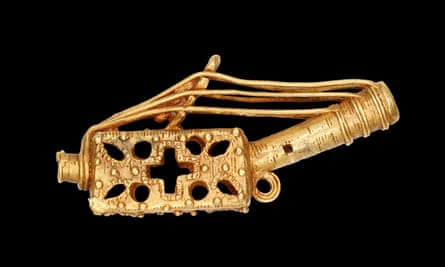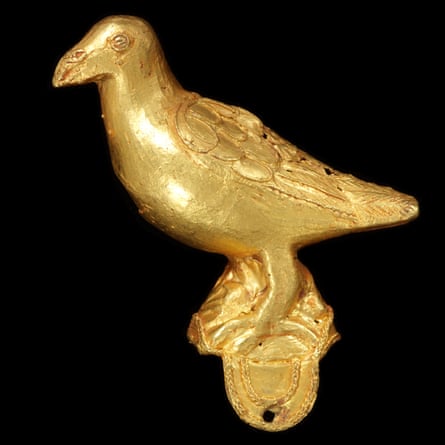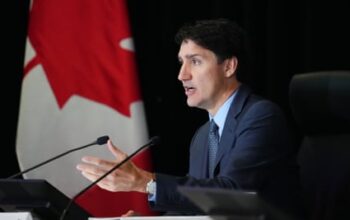The British Museum and Victoria and Albert Museum have declared that they will loan gold and silver treasures taken from west Africa during colonial wars by the British army to Ghana for a period of three years.
The valuable belongings of the Asante monarchy, known as a crucial aspect of Ghana’s national identity, will be displayed at the Manhyia Palace Museum in Kumasi this year. This agreement involves 17 items from the V&A and 15 from the British Museum, with some of these artifacts not being showcased in Ghana for over a century and a half.
The announcement of the agreement coincided with Greece’s request for the return of the Parthenon marbles to Athens.
The majority of the items involved in the Ghana transaction with Otumfuo Osei Tutu II, the reigning Asante ruler, were taken from Kumasi during the Anglo-Asante conflicts in the 1800s. Some of these objects were taken as part of a compensation payment that was forcefully obtained from the asantehene (king) at that time. Among these items is a golden lute-harp that was gifted to British diplomat Thomas Bowdich during a trade agreement in 1817.

Nana Oforiatta Ayim, an advisor to Ghana’s Minister of Culture, sees the agreement as a positive step towards addressing the injustices of the UK’s aggressive colonial history.
In an interview with the BBC, which was the first to report on the agreement, she explained, “These items are not just mere objects, they hold great spiritual significance. They are integral to the soul of our nation. Their return is like pieces of ourselves coming back home.”
According to Ayim, the agreement represents a form of reconciliation and remembrance for the violent events that occurred.
Tristram Hunt, the director of the V&A, compared the items to “our crown jewels”.

He stated that 150 years after the assault on Kumasi and theft of royal attire, the V&A is honored to collaborate with the Manhyia Palace Museum to exhibit this significant collection of Asante gold pieces. As a demonstration of our dedication to sharing collections with a colonial history, we are thrilled to witness these objects being displayed publicly in Ghana as part of the silver jubilee festivities of Asantehene Otumfuo Osei Tutu II.
The UK’s main museums, such as the British Museum and V&A, are not allowed by law to permanently return disputed artifacts in their possession. These include the Parthenon sculptures, which Greece has long requested to be returned to Athens; the Benin bronzes, which Nigeria also wants back; and the Asante gold.
Hunt stated that the agreement with the monarch, lasting three years with the possibility of renewal, was not a form of indirect compensation.
He stated that it is our duty to consider ways to distribute these resources more equitably among the countries of origin. He also believes that creating partnerships and exchanges will not cause our museums to suffer.
Last Thursday, Kyriakos Mitsotakis, the prime minister of Greece, once again urged for the repatriation of the Parthenon marbles following a diplomatic dispute with the UK government last year.
Mitsotakis recently made his first public comment on the matter since November. He mentioned that Greece has been discussing a potential agreement with George Osborne, the chair of the British Museum, to transfer items to the Acropolis Museum.
The speaker stated that they will strongly advocate for the reunification of the objects for several reasons. However, in their opinion, the most crucial reason is that by being displayed together at the Acropolis, we can fully understand their significant cultural value.
Source: theguardian.com


